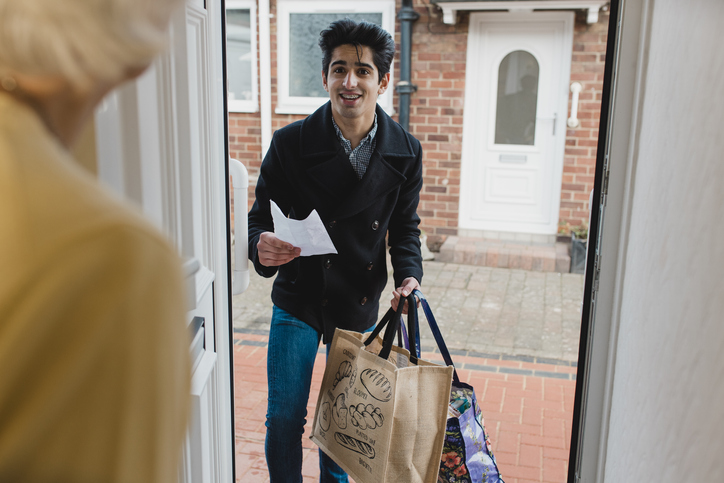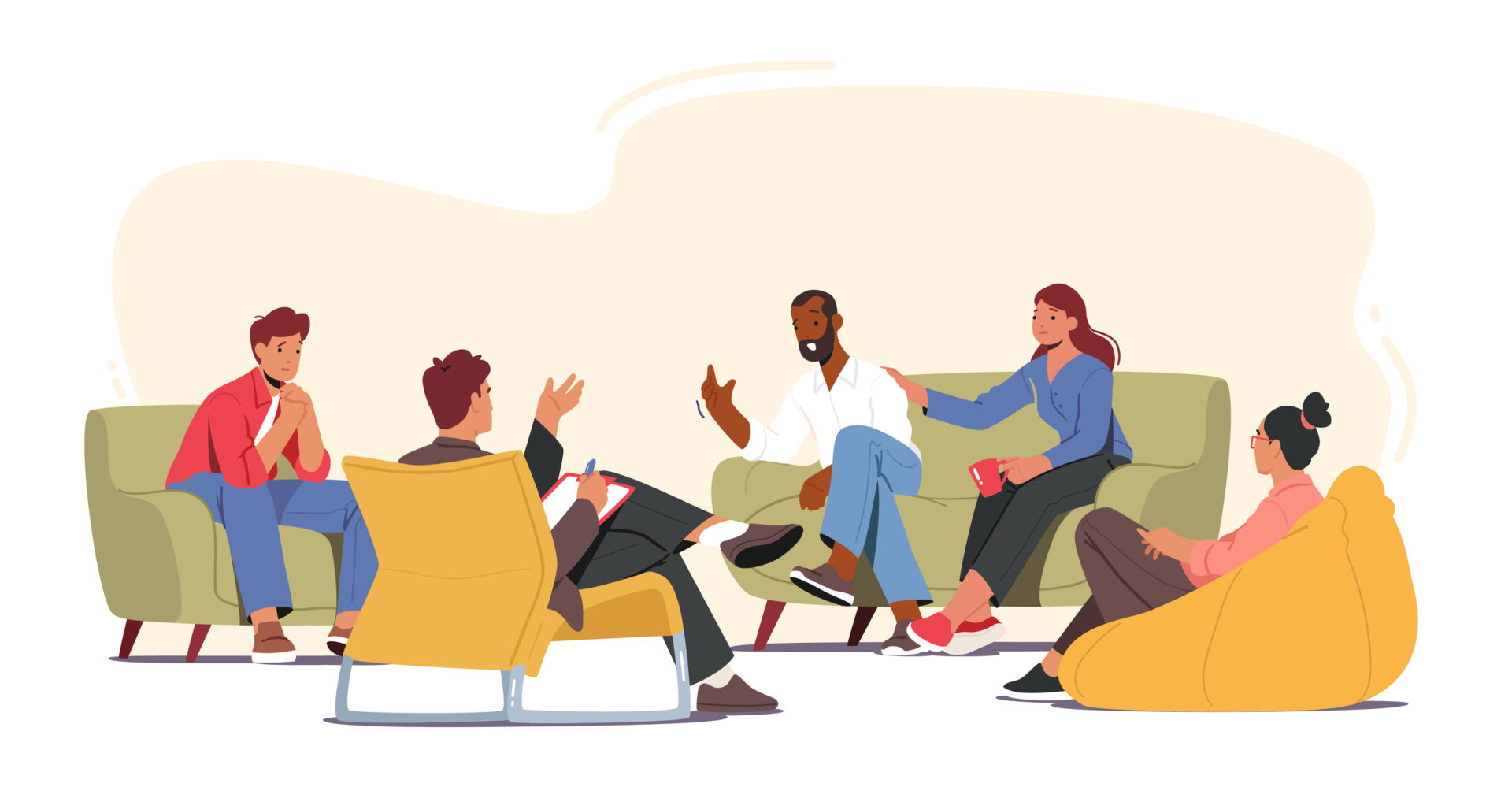Amid the chaos from COVID-19, many communities around the globe, and individuals within them, are finding ways to be sources of light during times of darkness. Some cities in Spain and Italy took this literally, flashing their lights and cheering from their balconies during the evenings in celebration of healthcare workers. Like COVID-19, this celebration has spread to the U.S. Even Chicago, the location of AMO’s headquarters, has adopted this routine on social media using the hashtag #CelebrateAt8 to show their support of nurses and doctors.
For those of us who aren’t healthcare professionals, the frontlines of the battle against this virus seems distant. While it appears that the only contribution we can make is to show gratitude and support for those on the frontlines, individuals are finding ways to stay active in the fight on a local level.
In celebration of the good that is happening, we put together a list of ways you can give back to your community as inspired by people all over the globe.
Ready to be inspired? Here’s how you can help:
Run Errands for Those At-Risk
Deemed “at-risk” for contracting more severe cases of COVID-19, the elderly and those with compromised immune systems are told to stay in their homes and minimize their chances of contracting the virus. For these individuals, grocery shopping and picking up medication or other essentials can be a daunting task.
To provide relief for these individuals, many young people are offering to shop and make deliveries for at-risk members in their communities. Many of these young people are pre-med and medical students looking to give back in any way they can. One of the first groups to offer these type of services in their local community are Shopping Angels. Unlike other services, they deliver for free with no minimum purchase amount required.
Are you inspired by the work of the Shopping Angels and other groups? To help out your community, you can do something similar on a smaller scale. Consider reaching out to elderly individuals in your neighborhood and offer to run errands for them. This simple task may be small to you, but it can mean a lot for those at a higher risk of developing more severe cases of COVID-19.
Support Local and Small Businesses
Many small businesses are experiencing hardships at this time. If you have the financial means to do so, consider making a purchase at a small or local business. This can include ordering takeout from your favorite local restaurant or buying a gift card to use in the future.
If you really want to show your support for those employed by small businesses, many of these entities are offering GoFundMe’s to raise money for employees whose pay may be affected by COVID-19. In most cases, you can find the best way to support these businesses by visiting their webpages.
Practice Mindfulness
Jokes are continuing to be made about people hoarding toilet paper, food, and other essentials in the wake of the virus. Empty grocery store shelves and wiped-out inventories are showing that this is no joking matter. While having a few extra canned goods and toiletry products is reasonable, it is essential to be mindful of others and purchase only what you need. This is especially true of items that can be bought by those enrolled in government food assistance programs.
In the U.S., individuals enrolled in the Supplemental Nutritional Assistance Program (SNAP) and Women, Infants and, Children (WIC) Program are only able to purchase specific products. This means that individuals could go home empty-handed if these items are out-of-stock due to others who purchased the items in mass quantities. While these individuals can try to buy these items the next time they go to the store, each time they go out puts them at risk for contracting COVID-19. Unlike other shoppers, those enrolled in SNAP or WIC cannot purchase groceries online.
To spread awareness on these issues and advocate for social change, many Twitter and Instagram users are educating followers by sharing posts on how to tell which products can only be purchased by those enrolled in SNAP or WIC. Educating the public on this can encourage them to buy alternative products that are not eligible to be used with these benefits.
To help out community members reliant on supplemental programs, be sure to stay up-to-date on your country’s guidelines. Make informed decisions about what you purchase so that people in your community can get what they need.
Fill Food Pantries
If you felt pressured to overbuy groceries early on and acted on this, it’s okay. You can recover from this misstep by donating some of the excess to your local food pantry. During this time, traffic to food pantries and food banks is increasing as more and more individuals face financial strain. The virus has contributed to the cutting of job hours and an increase in the rate of unemployment. Since the end of March, over 6 million individuals in the U.S. alone filed for unemployment.
Not willing to give up that can of beans? You can help by making delivery runs. Due to unforeseen school and business closures, many of these institutions are donating excess food, which had been ordered for workers and students. The problem is, due to social distancing guidelines and pantry volunteer workers being included in the “at-risk” community, there are not enough hands to keep things running. You can help by contacting your local food pantry or donation site and offering to make deliveries or supervise during pantry hours.
Worried about social distancing? You can still do your part by donating. Many food panties are accepting monetary donations online. Feel free to check out the webpage of your local food bank/pantry or make a donation to the global food banking network here.
Stay at Home
To echo news sources, the CDC, and healthcare professionals, the best way to fight against COVID-19 is to stay at home. Staying home means practicing social distancing and only going out for essentials. When you stay home, you keep yourself, your loved ones, and your community as healthy as possible. For more information on social distancing, check out our post on the subject.
Are you a medical student still in need of a clinical experience? Many of AMO’s clinical sites are still open and looking for visitors in the coming months.







Leave A Comment